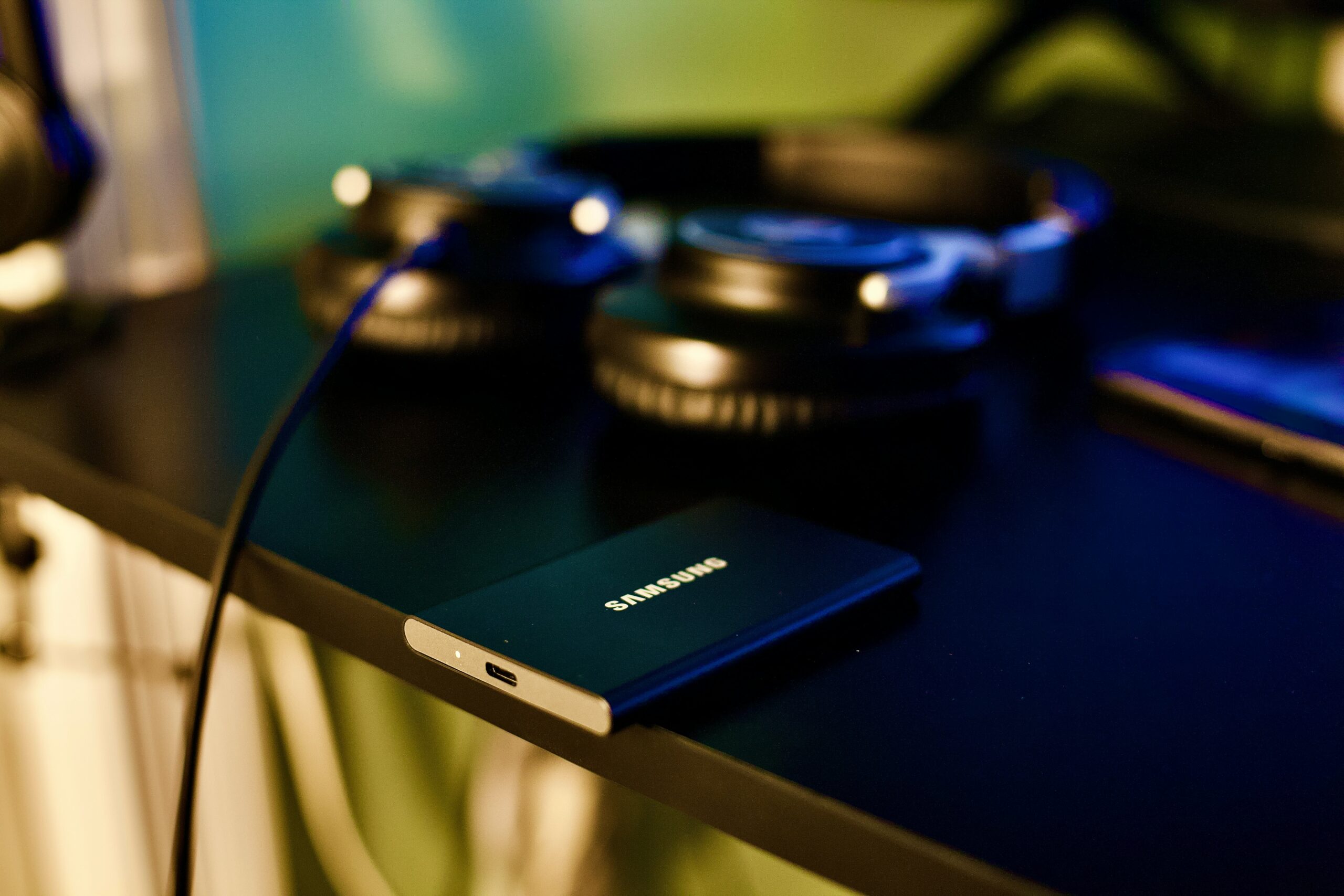LCD TVs have long been an integral part of the TV market. But as we all know, nothing lasts forever. Just as old tube televisions and plasma TVs are considered obsolete, newer displays are ready to replace LCDs. So are LCD TVs on the verge of extinction? With Samsung, a large supplier of LCD televisions has now stopped buying LCD panels.
LCD TVs on the verge of extinction – will LCD TVs soon no longer be available?
The reason for this is the sales forecast, which Samsung has drastically lowered. Samsung has reduced its previous annual target of 45 million TVs shipped to 40 million in 2022. That is around 20 percent less than in the previous year, when Samsung shipped around 50 million televisions. Accordingly, analysts adjusted their forecasts for how many LCD panels Samsung will purchase for its televisions this year. Originally it was estimated at 53 to 54 million, but now it is estimated at almost 44 million.
Samsung is by no means the only manufacturer holding back on buying LCD panels. TV manufacturers such as LG, Sony and TCL are also reported to have lowered their annual delivery targets due to lower demand for TVs in European and North American retail. The purchase of LCD panels for these companies is likely to be correspondingly lower. This is not without consequences for the LCD display manufacturers. Analysts from Omdia estimate the average utilization of display factories at just 77 percent in early June. That not only means a decline of about 4.5 percent from the previous month. It is also the lowest rate in the past five years. Due to the falling unit prices for each individual LCD panel, companies like LG Display are even threatened with a loss. Other well-known display manufacturers such as BOE, CSHOT, HCK, AUO and Innolux are also affected.
LCD as a dying technology?
The trend towards fewer LCD TVs seems to be clearly emerging in the industry. However, it is still too early to completely write off LCD imaging technology. Even a planned turnover of 40 million televisions is still a considerable part of the total TV market. LCD televisions remain a popular alternative to higher quality and therefore more expensive television sets, primarily in the budget television segment. In view of this development, the prices for individual LCD televisions could even fall further as manufacturers compete for the sales market that still exists. It could therefore be worth keeping a close eye on the price development for LCD TVs over the next month. Should Samsung decide to resume buying LCD panels after its July freeze, the tide could quickly turn.



